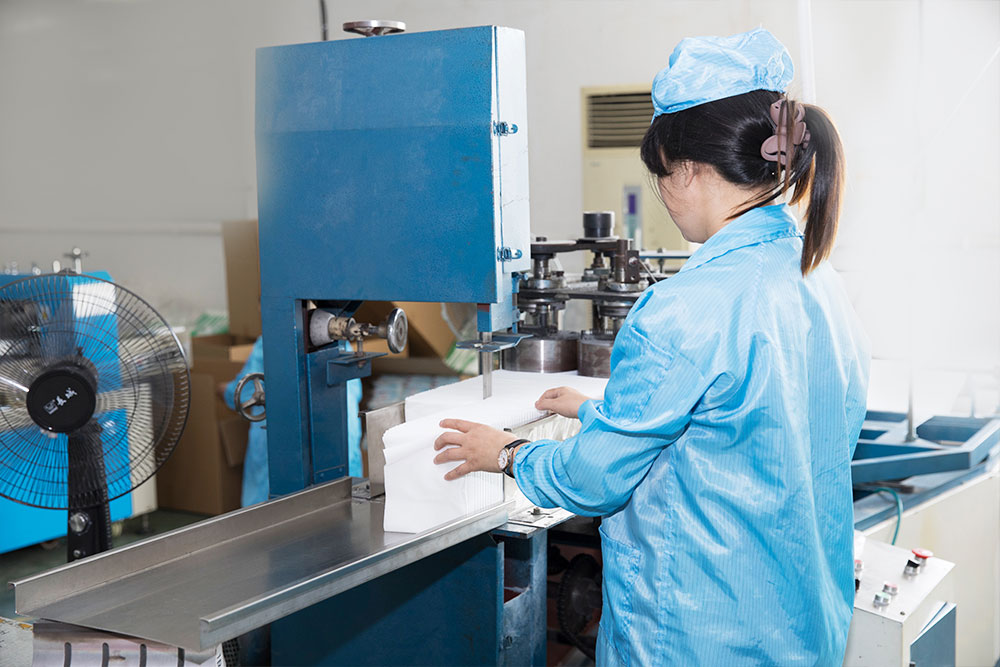Woven materials are basically weaved where two different threads called warp and weft are weaved into an interlocking pattern in a machine called loom. The materials have strong durable properties and are mainly used for suiting, shirting, clothes, bedsheets, and other household materials. Non-woven fabric are actually short and long fragments of fibre treated under chemical and other physical feature until the fibre fragments form bonds between them. These materials are weak compared to woven fabrics, they are mainly used for hygiene like cleaning wipes or sanitary pads and also in geotextile industries. They require special non woven fabric manufacturing process.

Wovens and non-woven are different methods of manufacturing the fabrics, the term non woven is little confusing because of maximum fabrics we use are produced by weaving, called wovens which are interlacing of two distinguished yarn the Warp and weft. The longitudinal yarns are called Warp and the lateral ones are called weft, the machines are called loom. The complete process of wovens is fibres converted to a yarn firstly and then the yarn is weaved to the fabrics.
Your Suitings, shirts, bed sheets and towels are the examples. The wovens are stronger in strength than non-woven.
Whereas the non-woven is an entirely different method of manufacturing fabrics with intermingled fibres or we can say entangled fibres. The process may include force, chemicals for entanglement.
Here the process is different than wovens in a way
Fibres are directly converted to a that's why they are called non-woven.
The examples are wet wipes, napkins, sanitary napkin, technical textiles. The strength of non-woven fabrics is much weaker than wovens.